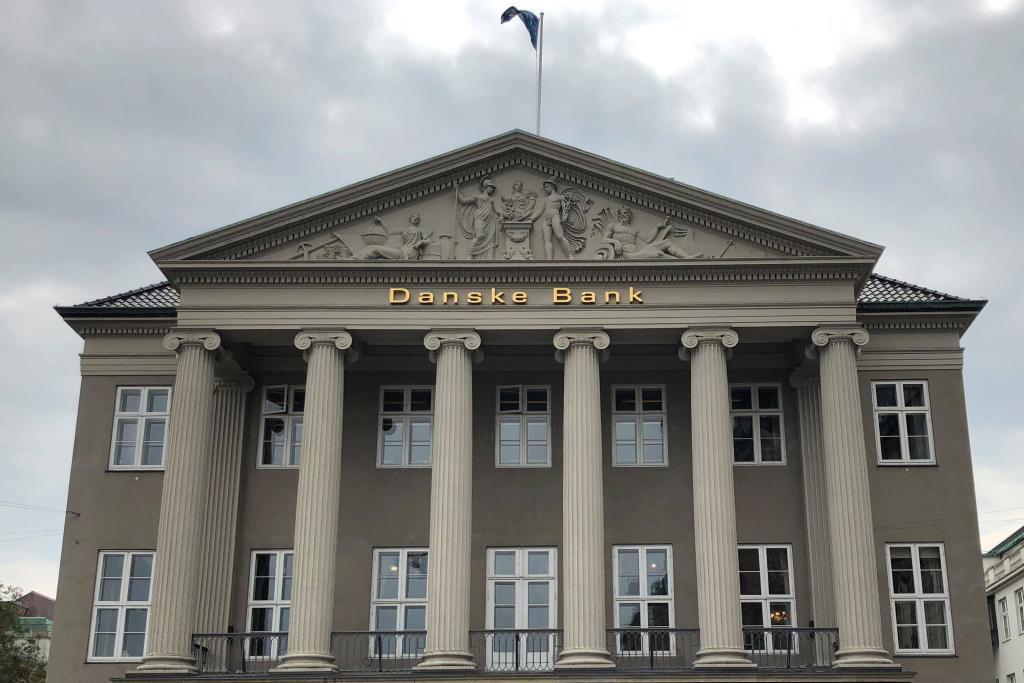Jürgen Ligi, the current MP and the former minister of finance, writes that the Danske Bank case*, where USD235 billion was moved through the Danish bank’s Estonian branch, was already stopped by Estonian supervision in 2014 – yet, the bank did nothing.
The Danske Bank scandal is an Estonian failure – not in supervision, but in PR. Our country hasn’t bothered to present its own story. Rather, our politicians have used the current investigations to smear their opponents who were in power when the events unfolded, but also when the scandal was unveiled and are responsible precisely for the latter. The current politicians in power (the coalition of Centre Party, Social Democrats and Pro Patria – editor) have knowingly refrained from explaining this victory because the two interests conflict with each other.
The risks of the business done through the Tallinn branch of Danske Bank by non-residents were under the Estonian Financial Supervision Authority’s attention and the bank received multiple audits and injunctions; the Estonian FSA was also in a dialogue with Danish supervisors. Unfortunately, these injunctions and the dialogue weren’t fruitful.
Why the dialogue? That had a formal and an informal reason. The former is, in Tallinn, Danske Bank has an affiliate, not an independent unit, and it’s natural that since the company owning the affiliate was located in Denmark, the supervising authorities had to be in contact with the Danish company when cooperation with the local team didn’t produce results.
Danske was told to alleviate risks back in 2007
The informal reason was the Scandinavian prestige and banking culture that Estonia has a reason to look up to. This has allowed us to build a stronger, a more trustworthy banking system that is more resilient to potential crises than other countries – the countries that have led the free economy for three decades – have. Thus, when the Estonian Forex Bank (a predecessor of the current Danske Bank affiliate – editor) was acquired by its Nordic owners, it was also viewed by Estonia as a security guarantee that was supposed to ensure the cleanliness and transparency of non-residents’ business.
The Estonian Financial Supervisory Authority told Danske Bank to alleviate non-resident risks back in 2007 when the Tallinn affiliate was owned by Sampo Bank (a Finnish banking group acquired by Danske – editor). An audit in 2009 discovered what were presumed to be positive developments. But in a couple of years, the risks at the Danske Bank’s Tallinn affiliate started to pile up and we directed the Danes’ attention to the issue multiple times.
In 2014, when I had the honour of being the minister of finance and the chairman of the board of the Estonian Financial Supervisory Authority, we arranged – due to the passivity of the other side – an audit that was the key of the entire Danske Bank scandal. In 2018, Danske is citing its own audit that was led to by that Estonian audit – only four years later – referring to the Estonian conclusions as brutal and unforeseeable. But in Tallinn, that dodgy business was shut down already in 2015 and the people who were responsible were relieved of their duties.
It’s Russian money – and Russia refuses to cooperate
The Estonian supervisors did things that the rest of Europe is currently trying to achieve. It’s not easy, because unlike the common perception, a country’s authorities don’t have access to banking secrets. Even the police anti-money laundering unit – which is directly responsible for fighting against money laundering and does possess methods of fighting crime – gets its data directly from banks themselves. The data received from Danske Bank wasn’t satisfactory, but in the massive flow of information that money circulation is, supervisory authorities can’t achieve quick success when the cooperation with the bank is not fruitful.
In conclusion, Estonia doesn’t have to blush about the Danske scandal. We were better than others and solved the case already in 2014. This does not rule out larger conclusions at the European Union level that may refresh the feelings of discomfort, but every event should be viewed in its context and the fight against money laundering and duties of due diligence have become tougher in Europe only since 2014. Before that time, we dealt for years with the banks’ capital and liquidity and we had less space in our agendas to discover their origin.
And at the end of the day, we’re talking about Russian money that seems to be tainted by both business and administrative connections that the West started to supervise only since the sanctions against Russia took effect. And it’s impossible to prove the exact origin of that money – because Russia refuses to cooperate.
I
* It emerged in September that approximately €200bn (£178bn) of money-laundered cash had flowed illegally out of Russia, the UK and the British Virgin Islands through the Denmark’s biggest bank’s Estonia branch. On 19 September, Danske Bank’s CEO, Thomas Borgen, admitted that most of that money was fraudulent and resigned. The opinions in this article are those of the author. Cover: Danske Bank’s HQ in Copenhagen (photo by RL0919, used under the Wikimedia CC BY-SA 4.0 licence).

